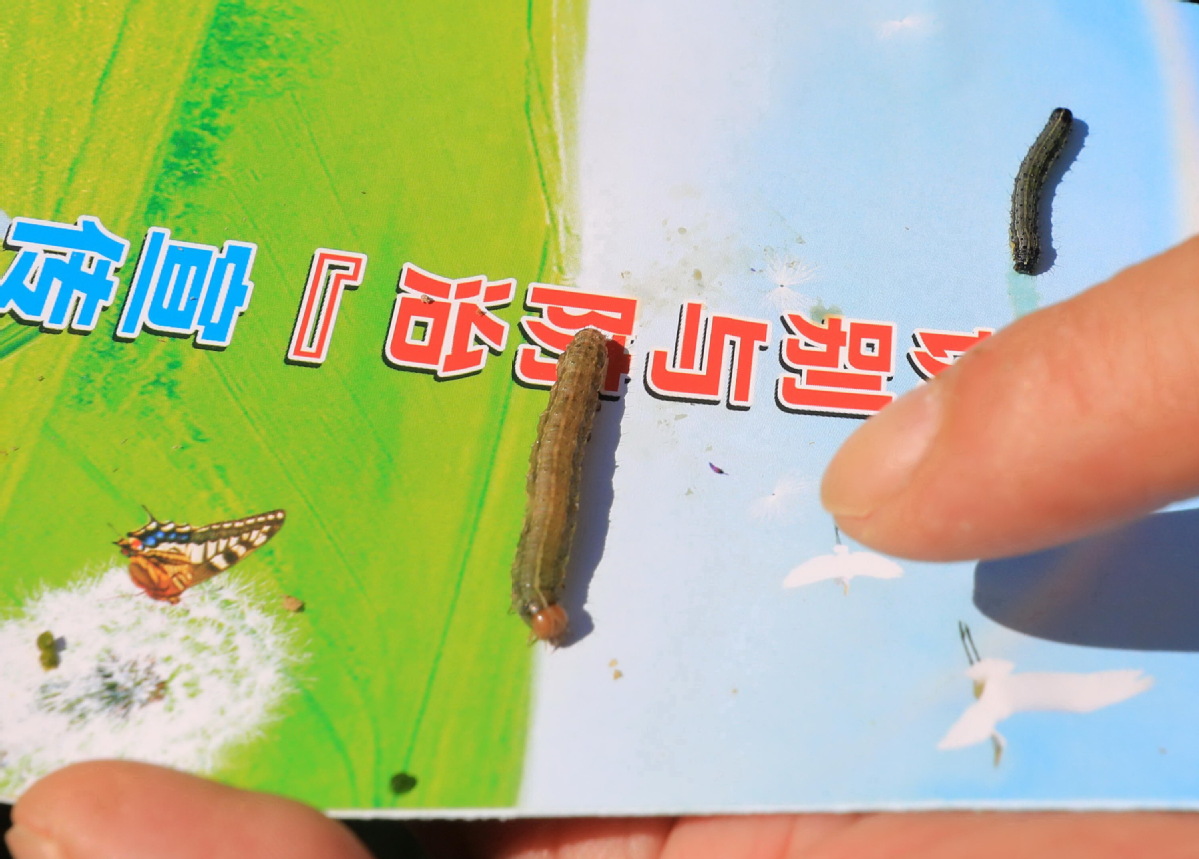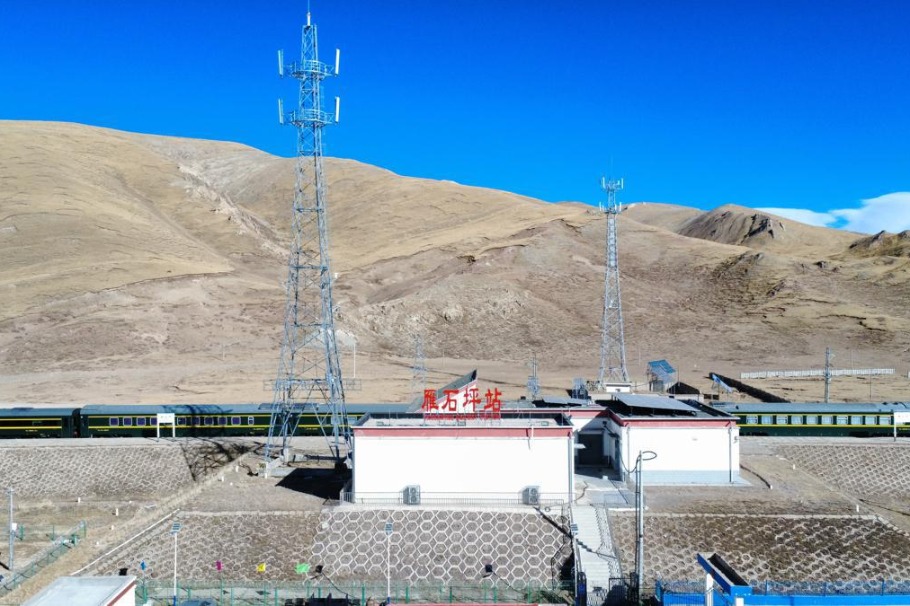Scientists aim to control agricultural pest from US


An invasive pest that has been spreading across China and poses a major threat to agriculture, originated in Florida in the United States, a discovery scientists hope will help bring it under control.
Researchers from several institutes, including the Chinese Academy of Agricultural Sciences, made the conclusion after genetic analysis of 318 samples of Spodoptera frugiperda, or fall armyworm, collected from 13 provincial-level regions, the academy said on Monday.
The pest has spread to at least 18 provincial-level regions since it was first discovered in January in Yunnan province, and is spreading north, said the Ministry of Agriculture and Rural Affairs.
The fall armyworm, native to tropical and subtropical areas in North and South America, was first discovered in Asia in July, the ministry said. It has strong reproductive abilities, spreads fast, and may destroy all corn in farmland it infests, the ministry said. It urged local authorities to intensify prevention and control efforts to head off major damage to agriculture.
The Ministry of Finance has allocated 500 million yuan ($72 million) for an emergency program to support local authorities battling the pest.
Xiao Yutao, a researcher at the Chinese Academy of Agricultural Sciences and a leading member of the study, said research showed the fall armyworm in China is similar to the species in Florida. He said it was very likely they arrived in southwest China from neighboring Myanmar.
"Identifying the species of the pest can help us take more precise prevention and control measures based on their movement, eating and drug-resistance characteristics," he said. "Meanwhile, we can also borrow experiences from their places of origin in their prevention and control."
Xiao warned the problem had to be addressed, as the pests could cause heavy agricultural losses in China.
"Current research shows the fall armyworm in China mainly feeds on corn and sugar cane, but it is possible they may develop into a species that feeds on rice, a very important agricultural product in China," he said.
In Yunnan province, the pests had invaded 124 counties by June 11, affecting more than 76,000 hectares of farmland, the province's agriculture and rural affairs department said. However, they have not caused big losses in the province due to timely control methods, it said.
The province faces a tough challenge to fight the fall armyworm, due to its favorable climate and transmission from neighboring countries. The number of pests may increase greatly over summer and fall, which will pose a serious threat to 1.3 million hectares of corn and 267,000 hectares of sugar cane, the department warned.
Gui Furong, a professor in biosafety at Yunnan Agricultural University, Kunming, said initial analysis of the pest's characteristics - including its big appetite, feeding on a variety of plants and strong reproductive ability - meant it could cause agricultural losses of more than 200 million yuan if it was not effectively contained.
Xiao, from the Chinese Academy of Agricultural Sciences, said the pests may pose a bigger threat to agriculture in China than in the US, which is more geographically isolated.
"They can survive the winter in many southern areas in China, such as Guangdong and Fujian provinces, and in tropical neighboring countries such as Vietnam," he said.
Integrated measures must be adopted for its prevention and control, including use of pesticides, monitoring, early warning and blocking its migratory routes, he said.
- Taiwan's character of the year a vote against confrontation
- Wave of freezing weather brings snow to northern China
- APEC 'China Year' kicks off at Shenzhen meeting
- HKSAR chief executive says to conclude residential complex fire probe within 9 months
- Viral scenic valley in China, not Japan, operators of tourist attraction clarify
- European Chamber Shanghai Chapter calls for stronger EU-China sustainability ties




































